Your 29th Week
You may feel a little bored
and back-achy at this stage of pregnancy, but there are plenty of
positive ways to take your mind off things. For example, you could start
to make enquiries about breast-feeding classes, plan your maternity
leave, and draw up shopping lists of baby essentials, such as diapers, a
changing mat, onesies, bibs, and baby wipes, and perhaps buy a couple
of items each week.
NOTE
Use this third trimester to get organized before your baby is born
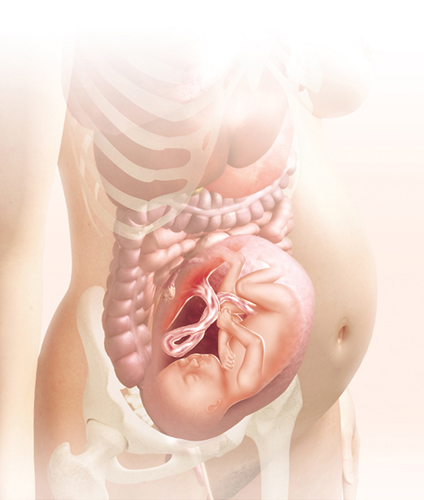
You are 28 Weeks and 1 Day 83 days to go…
It’s never too early to start thinking about the financial implications of maternity leave, and whether to return to work.
Your baby today
This week is something of a landmark in your baby’s development.
Although a baby born at this stage would still need help with
breathing, the lungs have matured to an extent that survival chances
outside the uterus are significantly better than earlier in the
pregnancy.
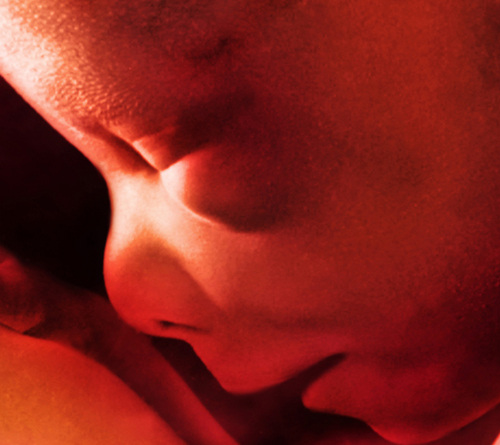
When you’re on maternity leave,
it may be the first occasion that you haven’t worked for a long time.
This change can be quite daunting, even though you know you’ll soon be
busy taking care of a baby. Depending on your employer, you’ll be
entitled to varying amounts of pay during your maternity leave. Every
company has a different maternity leave policy. You may get paid or
unpaid leave for a specific number of weeks or you may be able to use
sick days or vacation days. Ask a human resources representative about
your options. Depending on your partner’s employer, he may be eligible
for the Family Medical Leave Act (FMLA), which means he could get 12
weeks of unpaid leave. Some companies are more generous than others,
offering a percentage of your salary during your maternity leave. Going
on maternity leave may cause a significant drop in your income. You
should talk to your partner about how much money will be coming in and
going out and how you will manage a change in your finances.
Even though it’s a
long way in the future, you might also start thinking about plans for
working after the baby is born. You may think that you have no real
option financially and have to return full time, but explore the
possibilities of working more flexibly, or working part time, or from
home one or two days a week. You may also want to start thinking about
your child-care options (see You are 32 Weeks and 6 Days).
Choosing diapers
Should you opt for disposables (use once, then throw away) or cloth (wash, dry, and use again)?
Disposable diapers
are easy to use and ideal for when you’re out and about. But they cost
more than cloth diapers, which can be washed and used over and over,
even for your next baby.
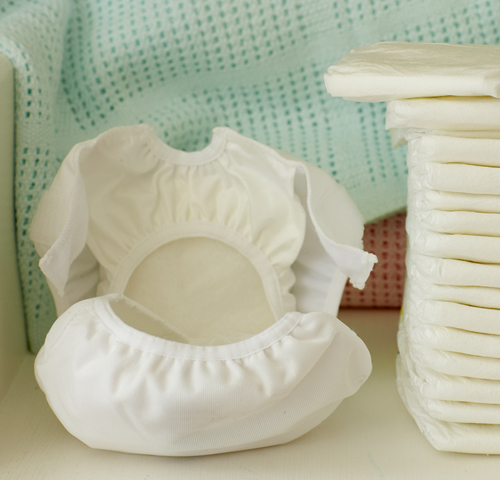
Disposable diapers
are slim fitting, super absorbent, and will keep your baby dry, even
overnight. However, they cost more (by some estimates, up to $1,000 per
child by the time you start potty training) and there’s the landfill
factor to consider. Eco-friendly diapers, however, are now
available—they use no polluting bleaching agents and fewer chemicals are
used to produce them.
Cloth
costs less—although the initial investment is greater. They also
provide a softer landing for toddlers who topple over. However, all that
soaking, washing, and drying could get you down (plus this has an
environmental impact). You may opt to use a diaper-laundering service
each week (at a cost). Cloth diapers need changing more often than
disposables. They are slightly more difficult to put on and take off,
but modern cloth diapers are fastened with Velcro, not pins.
Using a combination
of reusable and disposable diapers can work well: buy the occasional
package of disposables for when you’re out and about or for if you leave
your baby with a babysitter, but opt for cloth the rest of the time.
You are 28 Weeks and 2 Days 82 days to go…
The coiled umbilical cord connects your baby to the placenta, his life-support system until birth.
Your baby today
This image shows a typical chin-on-the-chest position with an
arm held up to the side of the face. A knee is just visible to the left
of the image with a loop of umbilical cord above it. Your baby now is
likely to be in a head down position but there’s still time to change.
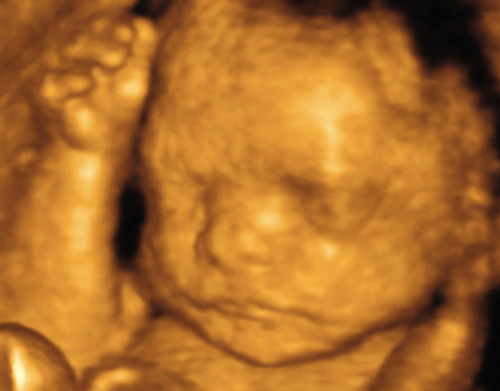
Most umbilical cords
finally grow to be about the same length as the baby (although there
are exceptions), reaching a final length of 20–23.5 in (50–60 cm). The
umbilical cord has up to 40 turns along its length and these turns are
seven times more likely to twist to the left than the right. The coiling
pattern was in place nine weeks after conception, with more coils at
the baby’s end than the placental end; this may be a response to your
baby’s movements. The cord contains three blood vessels: two arteries
taking deoxygenated blood and waste from your baby to the placenta and
one vein carrying oxygen-rich blood from the placenta to the baby. The
cord diameter is usually less than 3/4 in (2 cm) and the blood vessels
are embedded in and protected by a layer of jelly. The watery
composition of the jelly, together with the cord’s coiling pattern,
prevents compression of the cord.
After the birth, your
doctor will check the number of vessels in the cord since in 1 percent
of singleton pregnancies the cord contains only one umbilical artery.
… Doctor
| Q: |
If my baby has a low birthweight, will he have health problems?
|
| A: |
A low birthweight is less than 51/2 lb (2.5 kg) and although
the majority of small babies thrive, some do have difficulties. Most low
birthweight babies are small because they are premature. There are many
ways you can reduce the risk of your baby being a low birthweight:
eating adequate amounts of healthy food to gain the right amount of
weight ,
not smoking or drinking alcohol, reducing stress, and keeping all
prenatal appointments so that your health—and your baby—can be
monitored.
|
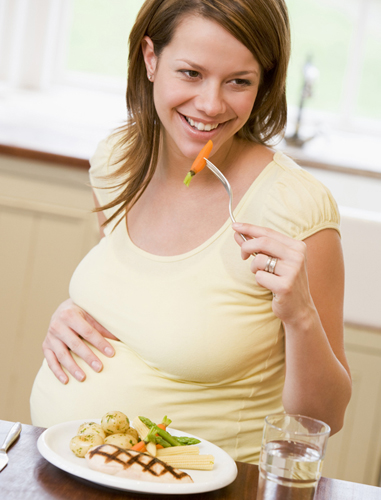
… Your body
Restless legs
Some pregnant women experience restless legs syndrome (RLS),
whereby they have an irresistible urge to move their legs. It most
commonly happens while resting, so can be very disruptive to sleep. The
exact cause isn’t known but it may be related to an imbalance of a brain
chemical called dopamine. The level of dopamine can be affected by a
lack of iron. Restless legs syndrome will pass once you’re no longer
pregnant. To minimize the effects of restless legs syndrome:
Ensure your diet includes an adequate intake of iron .
Taking steps to get a good night’s sleep
may help you fall asleep—and stay that way. Keep your bedroom cool,
quiet, comfortable, and dark. Don’t watch television, use a laptop, talk
on the phone, or do any work in bed, and keep a consistent sleep
schedule. Also, try doing something to challenge your brain before bed
(a crossword puzzle, word jumble, or Sudoku puzzle). This may help ease
your restless legs.